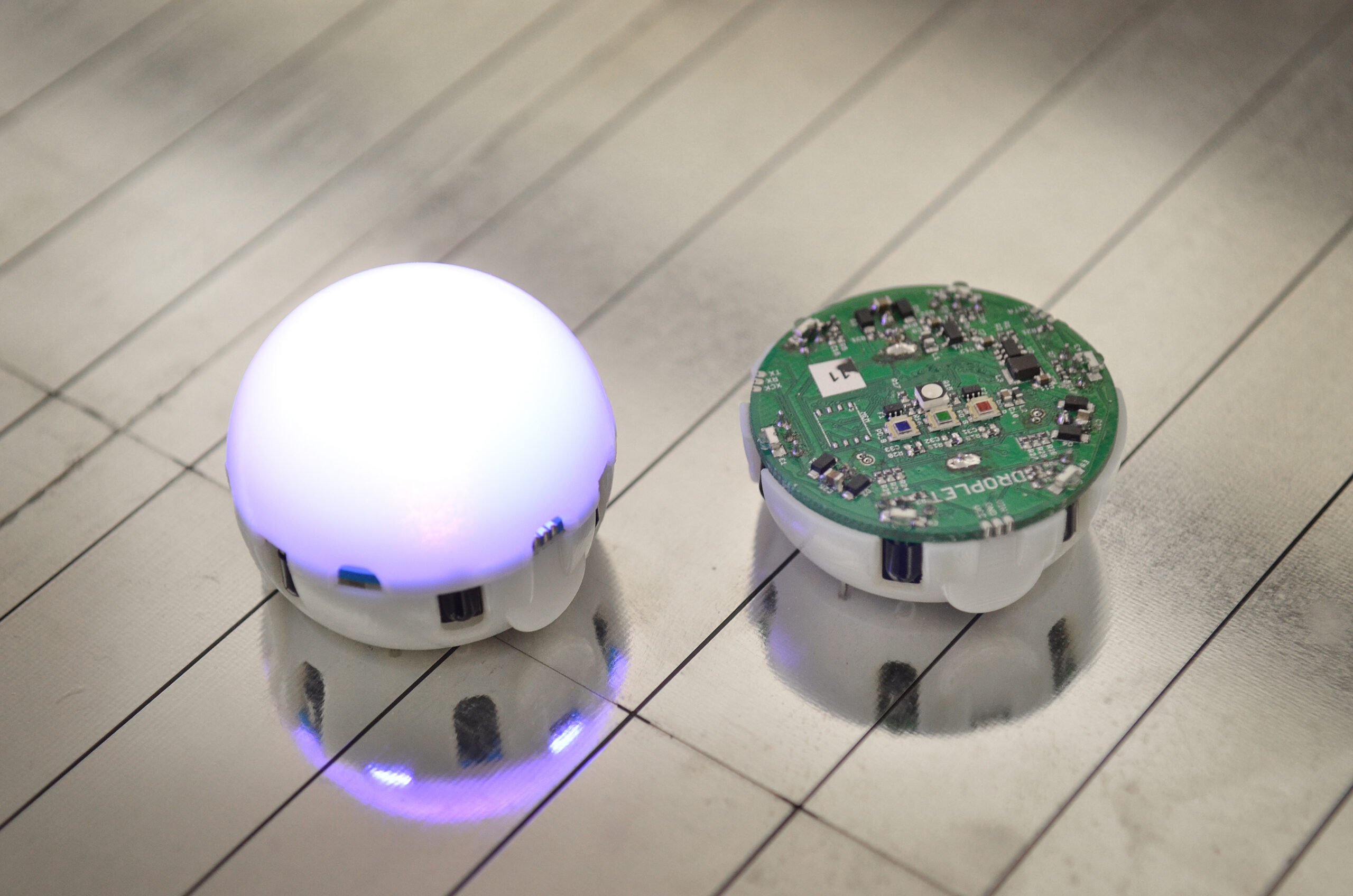Recently, after reading an interview with the philosopher Daniel Dennett on robotics, a new perspective on teaching students came to light. In the interview, Dennett, a storied professor from Tufts University, makes the case that elements of the human body—including neurons and cells—are “sorta” robots. He continues to expand upon this theory, although his main point is that despite the enormous complexity of biological life, at an elemental level, cells and their parts are similar to tiny robots doing jobs without seeing the whole picture. To Dennett, even the complexity of human beings is composed of “robots made of robots made of robots”.
Reading this quote reminded me of a video I showed my students at the beginning of our first forays into robotics. The video shows an army of robots manufactured by Kiva Systems traversing an Amazon warehouse hauling stacks of goods in all manner of directions. The small robots pull up underneath a tall rack of Amazon products, lift them up with a large piston, and move them somewhere else in the warehouse. Students are always amazed at how the robots move in what seems to be random ways, but I point out that, collectively, they are moving goods based on an algorithm and are extremely efficient.
The idea of robots working in concert on a larger task is called “swarm robotics” and is tied closely to the concept of “swarm intelligence”. Much like ants working to collectively serve an anthill, robots frequently work as a part of a system to complete an objective. One particularly famous problem that can be solved by swarm intelligence is the Travelling Salesman Problem, which involves finding the most efficient way to travel to multiple locations only once without backtracking.
However, the way we teach robotics at a basic level rarely incorporates multiple robots working together. This is largely due to technological constraints. Bluetooth is the primary method of communication in educational robots such as Lego Mindstorms or Arduino, and it only allows for 1-to-1 connections. Allowing robots to communicate with each other or to a central hub is not feasible for classrooms yet. Researchers have built swarm robots that can communicate with each other using infrared signals, but commercially available robots have been slow to add this as a feature.
That said, with swarm robotics as inspiration, I began a new collaborative unit with the 7th-grade biology teacher in my school this year. The lesson utilizes multiple robots to represent the parts of a cell and how they interact with each other. I explain at the outset that while having robots completing tasks independently isn’t swarm robotics, the possibility exists with more complex robotics to do just that.
In our unit, we are using Sphero Bolt robots to represent the major parts of the cell along with cardboard and reused materials from home like yogurt cups. Each group is using 4 Spheros to represent cellular organelles and how they contribute to the function of a cell. The motors, the LCD screen on the front of the Sphero, and the LED lights are the main features that students can use to represent their organelle. At the end of the lesson, students make short videos that tell a story of the cell using robots and household items.
While there is a future where swarm robotics become a part of the classroom (drones would make for an interesting unit), we can only simulate that type of intelligence for now. However, using Spheros in concert to represent biological robots is a close analog. It teaches a typically tough-to-grasp concept in a constructivist way and opens the door for inquiry into systems thinking, philosophy, and more. Something tells me Professor Dennett would find it fascinating.
Learn More
Swarm Robotics
https://www.google.com/search?client=firefox-b-1-e&q=swarm+robotics
Programmable Robot Swarms
https://wyss.harvard.edu/technology/programmable-robot-swarms/
Swarm Robots Video
https://whyy.pbslearningmedia.org/resource/nvmms.sci.eng.swarm/swarm-robotics/
Introduction to Swarm Intelligence
https://www.geeksforgeeks.org/introduction-to-swarm-intelligence/

